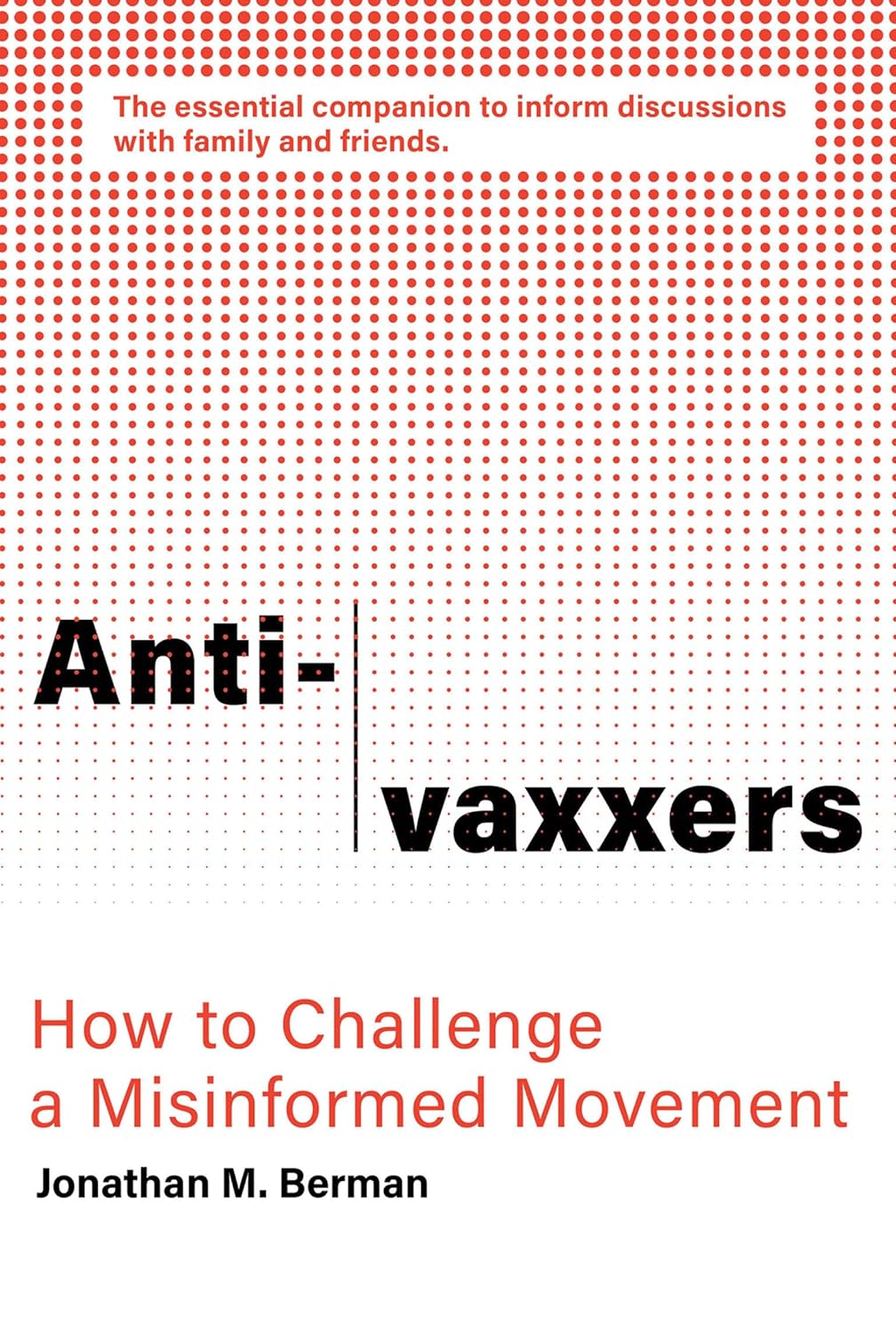One success of the anti-vax movement is that we now spend so much time talking about it. In his book Anti-Vaxxers: How to Challenge a Misinformed Movement, Jonathan Berman notes that in the US the group of the ‘under-vaccinated’, which consists mostly of minorities and the poor, is far bigger than that of the ‘anti-vaxxers’, who are primarily, though not exclusively, wealthy white women (Covid has, obviously, changed this). His book, which was also completed before the pandemic, sees the internet as the misinformation machine. A study from 2008 showed that – even by that date – half of all search results for ‘vaccine safety’ and ‘vaccine danger’ gave incorrect information, and that a quarter of the websites offering false information imitated the look of official organisations, inaccurately framed vaccination as a matter of debate within the medical community, or presented themselves as sources of ‘unbiased’ information. More recent studies, particularly of Twitter, have shown that scare stories spread further and faster than reliable data.
Berman points out that although false claims about vaccines shift over time and sometimes morph rapidly, they usually fall under one of the categories established by an anti-vaccination pamphlet in the mid 19th century: bodily pollution, personal liberty and scepticism of the science. The pamphlet was published in response to the national vaccine mandate imposed by the British government in 1853 to curb the spread of smallpox. A form of vaccination known as variolation had been practised for at least three centuries. In the Mughal Empire, smallpox fluid and powdered smallpox scabs were inhaled to provoke immunity. In Europe, rural families sent their children to variolation ‘barns’ where they were infected with smallpox via scratches to the skin. The resulting illness was usually localised and less severe: around one in thirty children died, as opposed to four-fifths of those who caught smallpox naturally.
It had been long observed that dairymaids tended not to catch smallpox, and their exposure to cowpox was considered a probable cause. In 1774, an English farmer called Benjamin Jesty decided to test the theory. On learning of a local smallpox outbreak, he took a darning needle, punctured the pustule on a cow infected with cowpox and then scratched himself, his wife and his children with the same needle. Not everyone thought this a good idea. ‘The boldness and novelty of the attempt produced no small alarm in the family,’ according to one doctor, ‘and no small sensation in the neighbourhood.’ The family suffered soreness and inflammation of the infected arm. But they didn’t contract smallpox.

